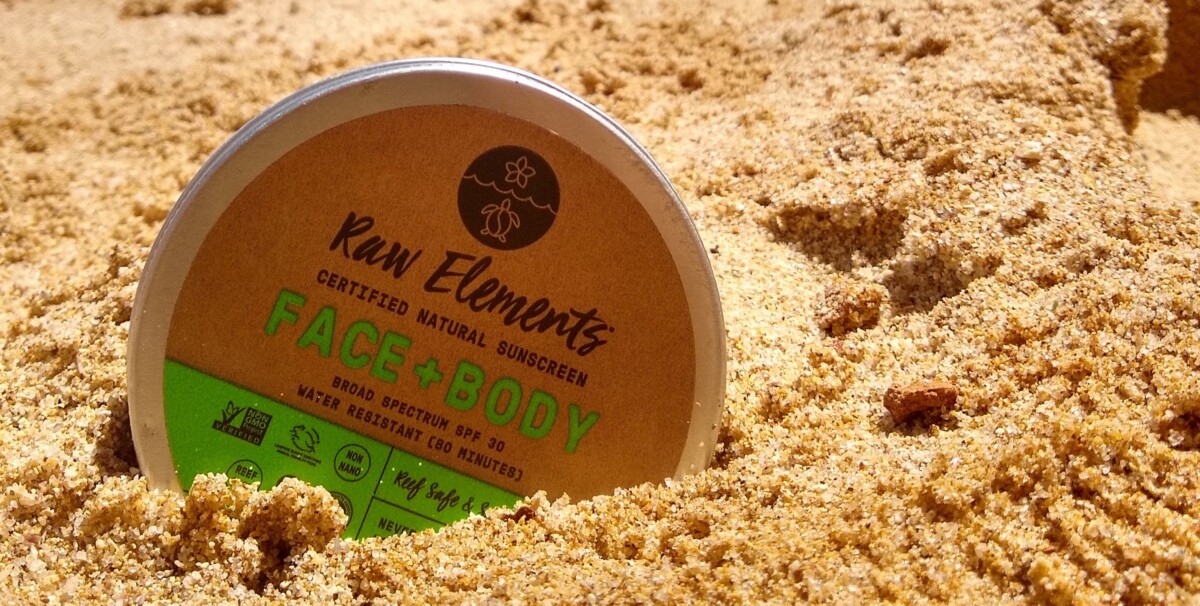To keep ocean life happy, the key is to find an SPF that uses physical UVA and UVB filters (as opposed to the chemical ones that have been connected to coral reef deterioration). You’ll be able to find them by flipping the SPF tube over and looking for the active ingredients: zinc oxide and titanium dioxide. These ingredients form an actual physical block to shield skin from absorbing any rays (whereas chemical filters absorb UV and turn it into heat that’s released from skin).
‘The term reef safe typically means that the sunscreen contains only mineral UV-blocking ingredients like oxide and titanium dioxide.
What’s Good for Us, is Good for the Ocean
Sunscreen is bad for the ocean. There’s not getting around that.
But some brands of sunblock have a much smaller impact on both the health of coral and on your body. While there’s no substitute for a good UPF layer, you should definitely be taking steps to protect yourself from overexposure.
Fortunately, the DIVEIN experts have done the hard time lounging in the sun to assemble this comprehensive buying guide for their 10 favorite reef safe options for sun protection.
For extra info, please check this link:
11 Best Reef Safe Sunscreens in 2023
How do I know if a sunscreen is “reef friendly”?
Unfortunately the term reef friendly is not regulated, so you can’t always trust products with this description. It’s important to actually check the active ingredients label on the back of your sunscreen or personal care product to ensure that reef-harming chemicals are not included. The size of minerals can also have an impact. Be sure to use micro-sized (or non-nano) mineral sunscreens to avoid nanoparticles, as these smaller particles can be toxic in high concentrations. It’s also advised to stick with lotions and avoid spray or misting sunscreens, especially those that contain titanium dioxide as it can be harmful to your health if inhaled.
Check the label! Make sure your sunscreen does not contain the following harmful substances on the HEL list:
- Oxybenzone
- Octinoxate
- Octocrylene
- Homosalate
- 4-methylbenzylidene camphor
- PABA
- Parabens
- Triclosan
- Any nanoparticles or nano-size zinc or titanium (if it doesn’t explicitly say micro-size or non-nano and it can rub in, it’s probably nano-sized)
- Any form of microplastic, such as exfoliating beads.



